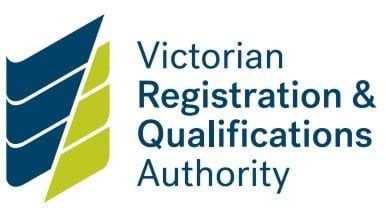About the Standard
This Standard seeks to ensure staff and volunteers are equipped with the knowledge, skills and awareness to keep children and young people safe through ongoing education and training.
Providers must provide training to staff and volunteers so they can protect children from harm and:
- create child safe environments
- respond to allegations of abuse.
How to comply
Under the previous Standards, non-school providers had to provide child safety training to staff and volunteers. There are new requirements on what the training must cover.
A non-school provider must ensure that their child safety training includes:
- how to build culturally safe environments for children
- information sharing and recordkeeping obligations
- identifying and managing child safety risks
- how to recognise indicators of child harm including harm caused by other children
- how to support and implement the Child Safety and Wellbeing Policy and Child Safety Code of Conduct
- the procedures for responding to complaints and concerns about child abuse
- ensuring staff understand their reporting obligations
- how to respond effectively to issues of child safety and wellbeing and supporting colleagues who disclose harm.
Provide child safety training to volunteers that work with children. This doesn't mean that volunteers receive identical training to staff. Training should be appropriate to the nature and responsibilities of the volunteer’s role.
If in doubt whether a volunteer works with children, assume they do.
Examples of compliance
A non-school provider complying with this Standard may:
- promote continuous learning and provide regular ongoing education and training
- ensure staff build their knowledge and ability to keep children safe
- have and maintain a register of staff and volunteers trained to identify signs of child abuse
- make sure leadership and governing body members:
- model and champion child safety
- receive child safety training
- review and revise existing child safety training to ensure that it meets requirements.
Updated


